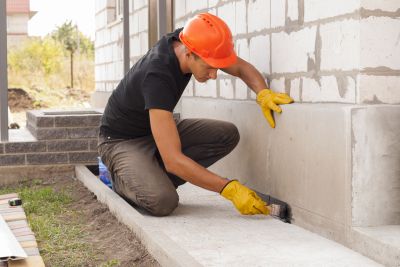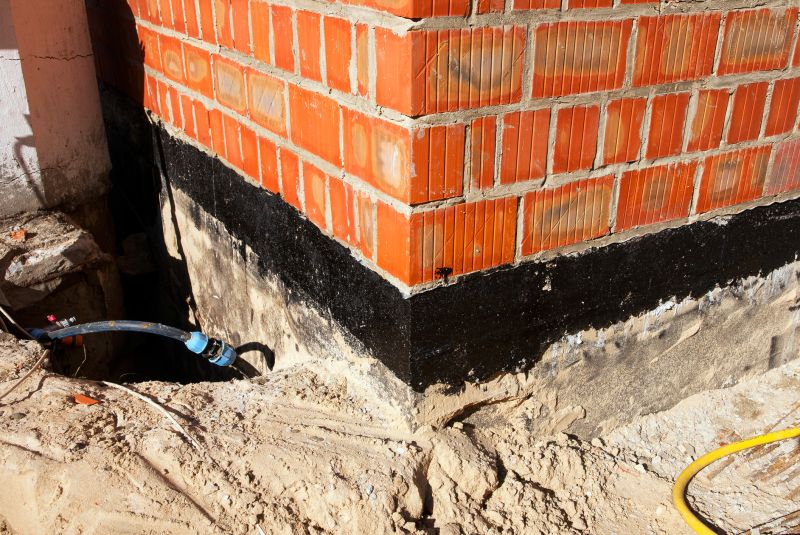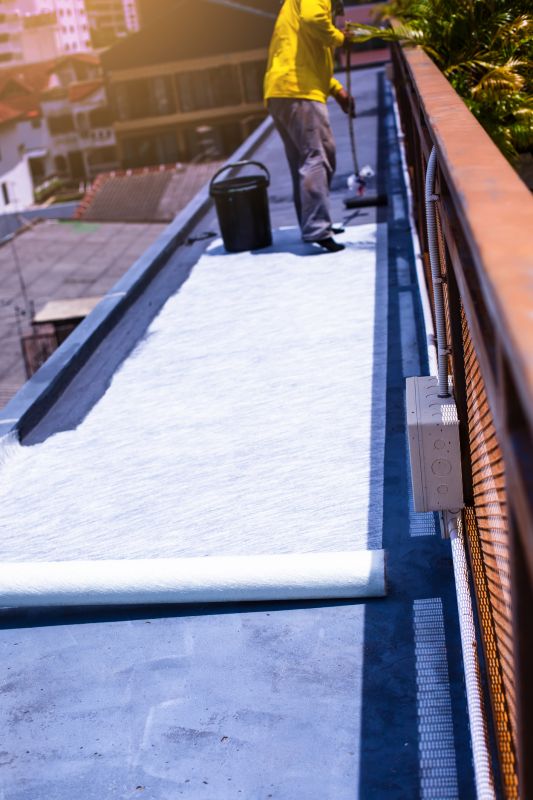Best Seasons for Waterproofing Protection
Understanding the best time to perform waterproofing is crucial for ensuring long-lasting protection against water intrusion. Proper timing can prevent costly repairs and structural damage caused by moisture penetration. The ideal season for waterproofing depends on weather conditions, temperature, and humidity levels, which influence the effectiveness of sealants and membranes.
Spring offers moderate temperatures and lower humidity, making it suitable for waterproofing projects. It allows adequate curing time before the heavy rains of summer.
Summer provides warm weather ideal for many waterproofing applications. However, high humidity and rain can delay or compromise the process.
Fall's cooler temperatures and dry conditions make it a preferred season for waterproofing, especially before winter.
Winter is generally not recommended due to freezing temperatures and moisture issues, which can hinder proper application and curing.

Spring weather provides optimal conditions for waterproofing projects, ensuring materials cure properly.

Summer's warmth can accelerate drying times, but high humidity may pose challenges.

Fall allows for effective sealing before winter, reducing the risk of water damage.

Cold temperatures and moisture make winter a difficult time for waterproofing applications.
| Season | Recommended Conditions |
|---|---|
| Spring | Moderate temperatures, low humidity, dry days |
| Summer | Warm weather, but watch for high humidity and rain |
| Fall | Cooler temperatures, dry conditions |
| Winter | Cold, freezing temperatures, high moisture |
Waterproofings involve applying specialized membranes, sealants, and coatings to protect structures from water infiltration. These methods are vital for maintaining the integrity of foundations, roofs, basements, and other critical areas. Proper waterproofing can extend the lifespan of buildings, prevent mold growth, and reduce maintenance costs. Statistics indicate that effective waterproofing can prevent up to 80 percent of water-related damages in residential and commercial properties.

Applying sealants during optimal weather conditions ensures durability and effectiveness.

Waterproof membranes are best installed during dry, warm weather for maximum adhesion.

Proper timing during dry seasons can prevent water intrusion in basements.

Roof sealing is most effective when performed in mild, dry weather conditions.
Additional Information on Waterproofings
Choosing the right time for waterproofing enhances the longevity and performance of the protective layers. It is essential to consider local climate patterns and forecasted weather to schedule projects appropriately. Proper application during suitable conditions ensures materials adhere properly and cure correctly, maximizing their protective capabilities. Consulting with waterproofing professionals can provide insights into the best timing based on specific site conditions and local weather trends.
Interested parties can contact to discuss waterproofing needs and schedule projects during the most suitable seasons. Proper timing combined with quality materials and expert application significantly reduces water damage risks, safeguarding property value and structural integrity.

